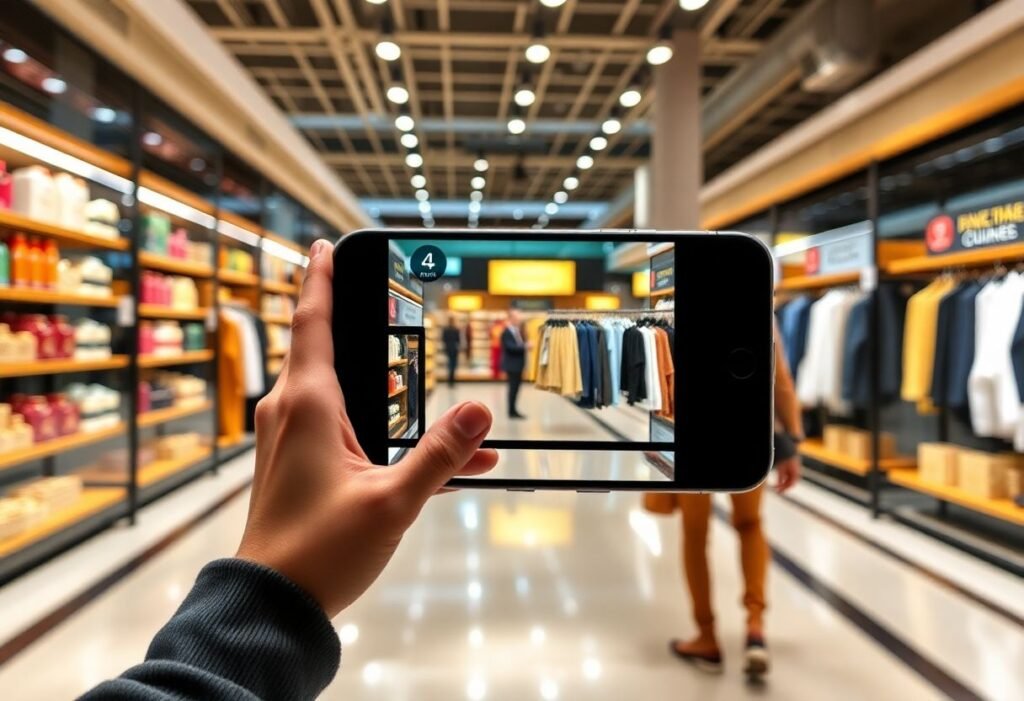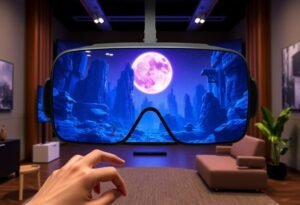Augmented reality (AR) is revolutionizing the retail landscape by bridging the gap between physical and digital shopping experiences. As innovation drives this transformation, retailers are adopting AR technologies to enhance customer engagement, streamline operations, and personalize shopping experiences.
Enhancing In-Store Experience with Augmented Reality
In stores, AR applications enable customers to visualize products in real time. For instance, virtual try-ons for clothing and accessories allow shoppers to see how items look without the hassle of fitting rooms. This innovative approach not only increases customer satisfaction but also reduces return rates. By integrating AR technology, retailers can create a more inviting and interactive shopping environment, thus attracting more foot traffic and improving sales outcomes.
The Rise of Virtual Showrooms
Virtual showrooms powered by AR technology allow customers to explore products from the comfort of their homes. Retailers can create immersive experiences where consumers can interact with products as if they were physically present. For example, furniture brands use AR apps to enable customers to see how a couch would fit in their living room. This dynamic visualization fosters confidence in purchasing decisions, enhancing overall customer engagement and driving sales.
AR-Powered Marketing Strategies
Marketing strategies infused with AR elements captivate audiences and enhance brand loyalty. Interactive AR advertisements can bring static print ads to life, enticing consumers to engage with brands in innovative ways. For instance, beauty brands use AR to offer virtual makeovers through their marketing campaigns. This approach not only attracts attention but also encourages social sharing, expanding brand reach. By leveraging augmented reality in their campaigns, companies can significantly boost their visibility and consumer interest.
Personalized Shopping Experiences through AR
Personalization is key to modern retail success, and AR technologies play a pivotal role in achieving this. Retailers can gather data on consumer preferences and behaviors, allowing them to tailor experiences uniquely suited to each shopper. Imagine walking into a store and receiving personalized recommendations via AR displays based on your shopping history. This level of customization fosters a strong connection between the consumer and the brand, making it more likely that they will return. Personalized experiences lead to improved consumer satisfaction and loyalty.
Transforming Inventory Management with Augmented Reality
AR is not only enhancing customer experiences but also streamlining operations behind the scenes. Retailers are utilizing AR to improve inventory management processes by visualizing stock levels and locations within the store. This innovative approach helps employees quickly locate products and replenish stock, increasing operational efficiency. Furthermore, AR can assist in planning store layouts by providing insights into product placement and customer flow, leading to a more organized retail space.
Future Trends in Augmented Reality and Retail
The future of retail will undoubtedly see even greater integration of AR technologies. As advancements in AR continue, we can expect to see features like AI-assisted shopping assistants that guide consumers through stores, enhanced product customizations, and more immersive experiences. Retailers that embrace these technologies will likely establish themselves as industry leaders. By staying ahead of the curve and adopting emerging AR innovations, businesses can secure a competitive advantage in a rapidly evolving marketplace.
Disclaimer: The information provided in this article is for informational purposes only and should not be considered as professional advice.





















